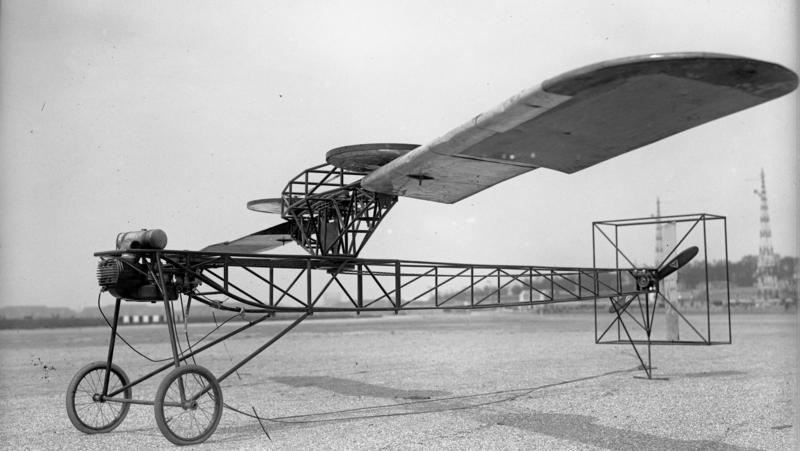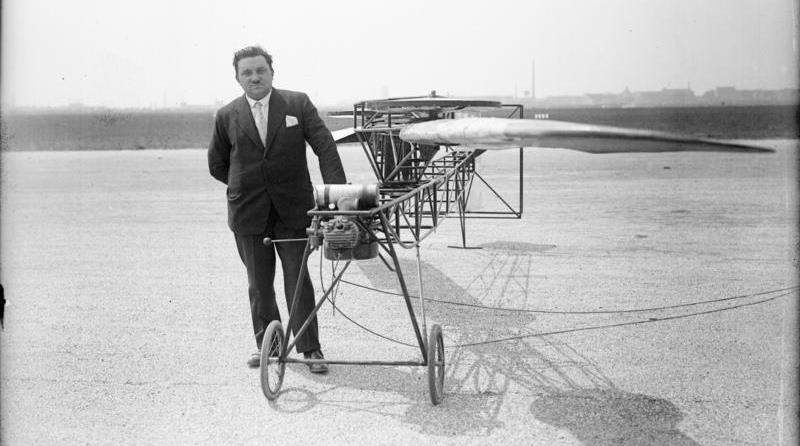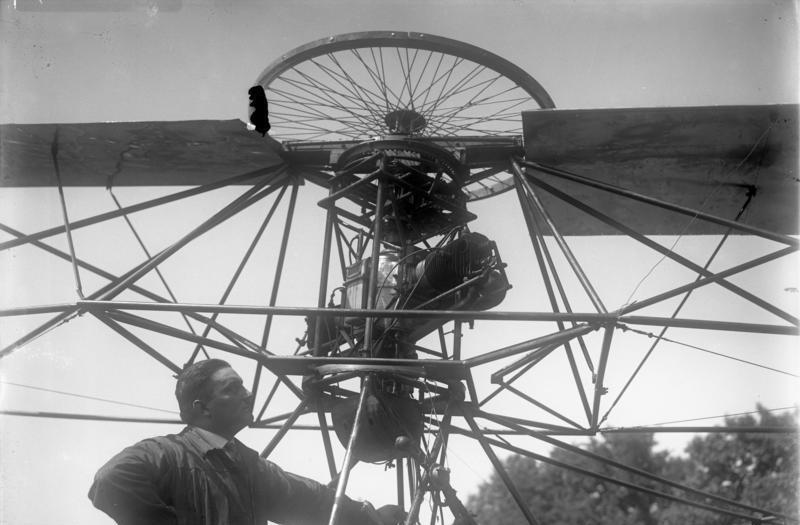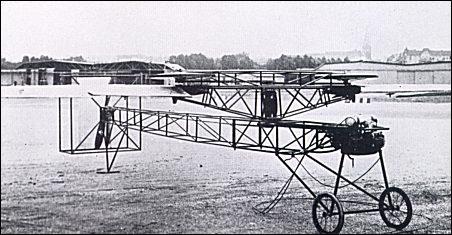In 1927 Engelbert Zaschka of Berlin built a helicopter, equipped with two rotors, in which a gyroscope was used to increase stability and serves as an energy accumulator for a gliding flight to make a landing. Gliding in this case means a straight descent. He wanted to develop an efficient propeller drive. A swivelling propeller at the rear provided propulsion and rudder control. The machine was a combination of an autogyro and a helicopter. The principal advantage of the machine, Zaschka says, is in its ability to remain motionless in the air for any length of time and to descend in a vertical line, so that a landing may be accomplished on the flat roof of a large house. In appearance, the helicopter does not differ much from the ordinary monoplane, but the carrying wings revolve around the body.
| Type |
|
| Engine |
|
| Dimensions |
Length , height , span , wing area , |
| Weights |
Empty , loaded , max. take off weight |
| Performance |
Max.. speed , cruising speed , range , endurance , service ceiling , climb |
Engelbert Zaschka with model of the gyroplane, 1928






